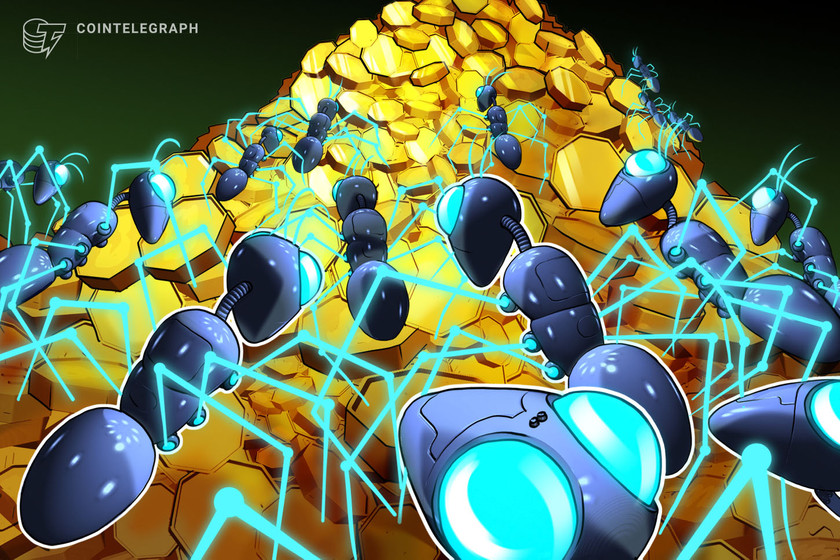Tether discontinues Bitcoin stablecoin, citing lack of usage
The Tether (USDT) stablecoin will no longer be issued on the Bitcoin Omni Layer, while redemptions will still be open for at least a year.
770 Total views
2 Total shares

The issuer of stablecoin Tether will discontinue its Bitcoin Omni Layer version, citing a lack of interest from users. This Bitcoin version of Tether (USDT) was one of the first stablecoins ever created. The Bitcoin Cash (BCH) and Kusama (KSM) versions will also be discontinued, according to an Aug. 17 announcement from the team.
Today #Tether announces the ending of the support of 3 blockchains $USDt: OmniLayer, BCH-SLP and Kusama.
Customers will be able to continue to redeem and swap $USDt tokens (to another of the many supported blockchains), but Tether won’t issue any new additional $USDt on those 3… https://t.co/aghLgqtSuO— Paolo Ardoino (@paoloardoino) August 17, 2023
According to the announcement, no new Tether tokens will be issued on the Bitcoin Omni Layer, Kusama or Bitcoin Cash going forward. Redemptions will remain available for at least a year, and the company will issue further announcements before the year passes as to how it will handle redemptions after that point.
The Bitcoin Omni Layer is a smart contract system built on top of the Bitcoin (BTC) blockchain. Originally called “Mastercoin,” it was released in July 2013, a full two years before Ethereum. Omni Layer Tether became the first stablecoin to be released on the system in October 2014. It quickly grew to be the highest market cap stablecoin, surpassing earlier stablecoins such as BitUSD and NuBits.
In its Aug. 17 announcement, Tether sought to acknowledge the important historical role that Omni Layer Tether played in crypto history, stating:
“We understand the significance of this decision, particularly for Omni, as it was the first transport layer that Tether used in 2014. The Omni Layer, built on top of Bitcoin, played a crucial role in Tether’s early journey, and we acknowledge the contributions and innovations the team has made to the crypto landscape.”
Related: PayPal’s stablecoin opens door for crypto adoption in traditional finance
However, the team stated that the Omni Layer “faced challenges due to the lack of popular tokens and the availability of USDT on other blockchains.” This led exchanges to use other transport layers instead of Omni, which in turn led to a decline in USDT Omni usage and forced the company to end its issuance.
Tether claimed that it would consider reissuing the Omni Layer version if usage of Omni picks up. The company also stated that it is working on a new Bitcoin smart contract system called “RGB” and that it plans to reissue Tether in an RGB version once it is completed, bringing Tether back to the Bitcoin blockchain.
Competition between stablecoins has been heating up in 2023, challenging Tether’s dominance. PayPal released its PayPal USD (PYUSD) on Aug. 7, and Binance listed First Digital USD (FDUSD) on July 26.









